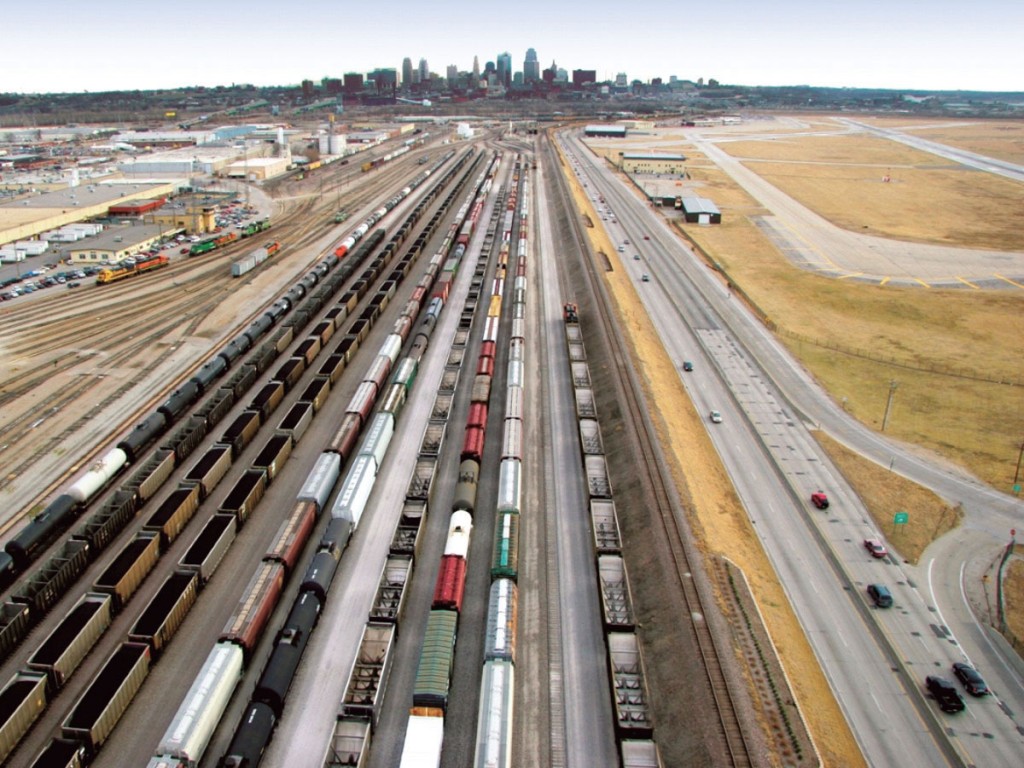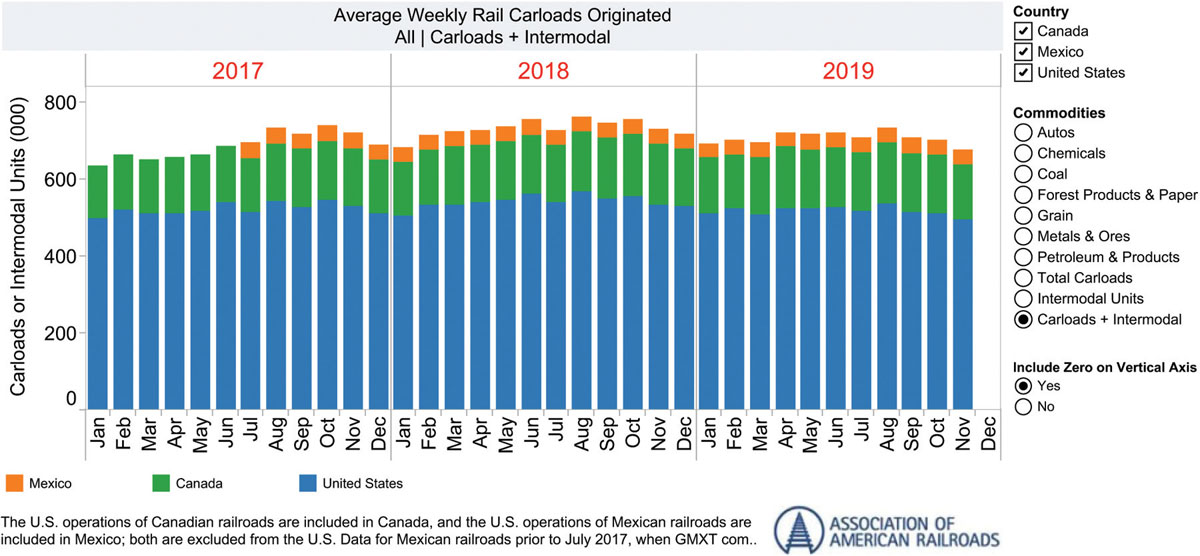Page 1: The ABCs of PSR
Page 2: The New Landscape
Precision Scheduled Railroading (PSR) is an operating strategy, largely attributed to railroading legend the late Hunter Harrison, designed to make rail operations more efficient and thereby more profitable. But with new economic and technological challenges of the ‘20s, what’s next for railroads?
From an investors’ perspective, North American railroads have had a pretty good run over the last thirty years. After decades of being characterized as inefficient, unprofitable and slow to adapt, railroads seemingly overnight became a business-media darling. How did it happen? Well, most rail pundits would say it was attributable to three letters: PSR. Precision Scheduled Railroading or PSR was the brain child of the late Hunter Harrison – sometimes called the “train whisper” – who worked for Illinois Central (IC), Canadian National (CN), Canadian Pacific (CP) and CSX.

Over the course of three plus decades, the controversial Harrison developed a strategy – PSR – that not only influenced the rail companies he worked for but the entire industry. Virtually all of North America’s Class 1 railroads have adopted some version of PSR including (as would be expected) CN, CP, CSX along with Norfolk Southern (NS), Kansas City Southern (KCS), Union Pacific (UP) and to a lesser extent Burlington Northern Santa Fe (BNSF).
The idea was to cut out the inefficiencies of rail operations and to make them operate with “precision” – almost like the air integrators (FedEx, UPS and DHL).
However, with economic shifts underway, emerging technologies and new competition, will railroads have the wherewithal to adapt new strategies to remain competitive and profitable?
The ABCs of PSR
Although there are many managerial aspects to PSR the basic strategy involves: consolidating the rail networks; implementing point-to-point delivery or precision scheduling; increasing train speeds; better fuel efficiency; more efficient use of rolling stock; and staffing to the optimum level.
From Harrison’s viewpoint, the results of these measures would be a leaner more efficient network that would deliver a better operating ratio (OR) and ultimately profits and value to shareholders. [There was a recent book Railroader a biography of Harrison written by Howard Green that outlines the evolution of Harrison’s strategy in more detail.]
The ORs were the real measuring stick of success. Simply put, ORs are simply the amount of money it takes to make the “operation” go. The logic is that if $8 out of every $10 goes into operations, (as was the case with some railroads prior to PSR) there is very little margin for profit. Harrison’s idea was to drive down the ORs to 60 or under (per 100 basis points).
Part of that strategy meant cutting services and lines that were inefficient and/or unprofitable as well as reducing staffing to commensurate levels.
The result was a spinning off of tracks and services – a process often opposed by both customers and employees but applauded by investors. The upside was a far more efficient and cost effective railroad that could command higher freight rates – running against the grain of “transportation as a commodity”.

And with the implementation of PSR, the ORs for many of the railroads Class1(and others) has been around 60 and railroading has for the most part been profitable.
Kansas City Southern is a good example of how PSR can work. According to the 2019 annual report, KCS posted revenues of $2.9 billion, an increase of 6% on a 1% decline in carloads. The operating ratio was 69.1% - high by Harrison’s standards (For example, UP had an OR of 60.6 in 2019). But as KCS noted in their report, “PSR initiatives also contributed directly to operating expense savings of $58.0 million in 2019, and are projected to deliver incremental savings of $61.0 million in 2020.”

